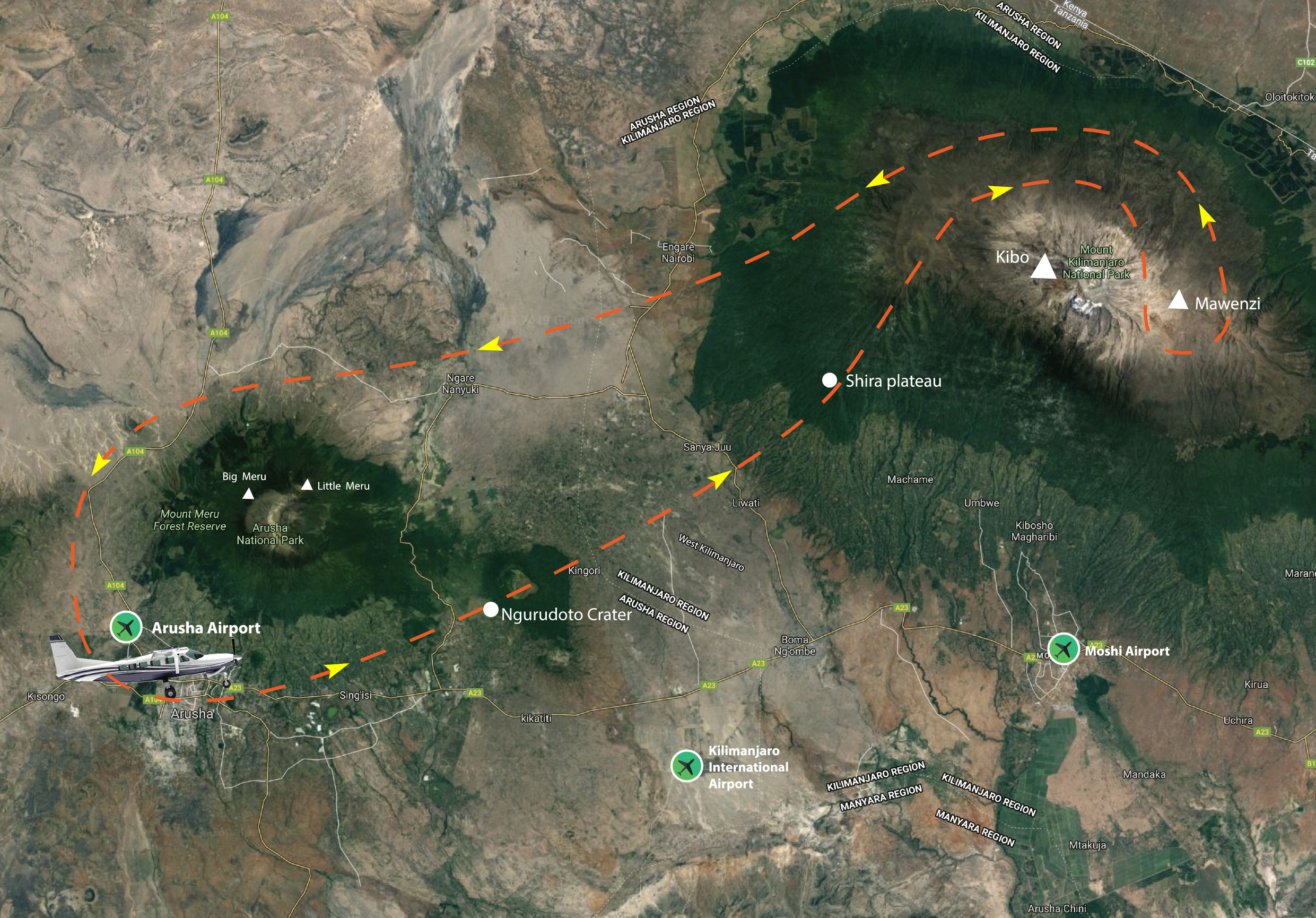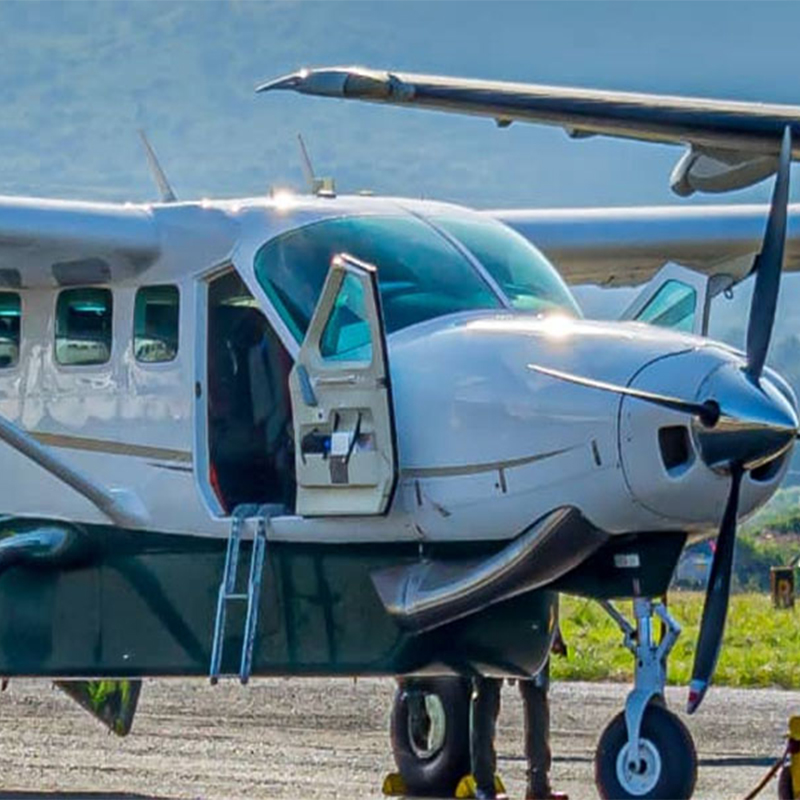The nature of our operation is in an environmentally sensitive area, combined with livelihood and world heritage sites. The task to continuously operate safe and environment friendly scenic flights is great but this unique flight provides matching opportunity.
Through efficiency, we are able to save an average of 30 liters of Jet A1 fuel on flights we operate. In just 55 flights, we have saved 1.6 tonnes of Jet A1 fuel equivalent to 4.1 tonnes of Co2 emissions. To help you visualise, 4.6 tonnes of Co2, It’s like driving across Africa from Lagos, Nigeria to Capetown, South Africa in a diesel car for 2 round trips.
Here are some of the ways we achieve this through aviation best practices acquired through sources such as Tanzania Civil Aviation Authority (TCAA), International Air Transport Association (IATA), International Civil Aviation Authority (ICAO) and fine dose of Responsible Aviation from Professor Paul Fidgeon from the University of West London.
This is an aircraft operating technique that allows us to continuously climb to cruising altitude or descend back for landing during our Kilimanjaro Scenic Flight.
Kilimanjaro – Air Traffic Control (ATC) facilitates this operation by allowing us to follow a fixed optimum flight path that delivers major economical and environmental benefits such as reduced gaseous emissions, fuel burn, fuel costs, and noise without any adverse effect on safety.
During continuous climb we set optimum thrust and climb speed, spending less time at lower altitudes burning more fuel and more time at cruise altitude where we burn 35% less fuel. With continuous descent, minimum thrust is applied in the least resistant configuration all the way to preparing the aircraft for landing back to Arusha.
This technique allows us to save 30 liters of Jet A1 fuel on average on each flight.


We know holiday calories don’t count but onboard every extra kilogram has a direct impact on fuel use. The less fuel we use, the lower our carbon emissions are. We fill up the required fuel which includes start, taxi, trip and holding, plus an extra for diverting to our alternate airport. Proceeding flights are fueled upon returning to maintain our standard required fuel. 98% of our flights return back to Arusha airport. This enables passengers to leave their check-in and carry on bags with our ground crew taking only the necessaries onboard keeping the total aircraft weight lower.
Before each start of a flight, the crew would request from Arusha Air Traffic Controller for their clearance.
This information is liaised to Kilimanjaro Air Traffic Control for approval or expected delays should there be conflicting traffic.
Once the crew receive approval they are then cleared to start and taxi to the runway.
This reduces unnecessary fuel burn that could be caused as a result of any delays during the start, taxi and takeoff phase of the flight.

Do you have more questions about how we reduce carbon emission and save fuel? Feel free to contact us via info@rukaafrica.com or send your message here.
It’s our commitment to truly bring you amazing experiences over African’s skies, while at the same time conduct our operations in an environmentally friendly way.

We’re committed to sustainability in Ruka Africa and pride ourselves on the work we’re doing to help improve our eco-footprint to Tanzania.

We offset the carbon produced from your Kilimanjaro scenic flight at the Yaeda Valley, south of Lake Eyasi. We do this in cooperation with the Carbon Tanzania project.

We minimize our noise footprint by flying a specific flight pattern that avoids noise sensitive areas all together ensuring a minimal impact to the environment and hikers on every flight.
Get exclusive discounts, deals and promotions, including weekly stunning photo’s of Kilimanjaro and our helicopter safari tours of Tanzania.
© 2018-2023 Ruka Africa All rights reserved.
RUKA AFRICA LIMITED is a company registered in Tanzania.
Ruka Africa is not a direct air carrier and all flights are operated by TCAA licensed direct air carriers.
WhatsApp us